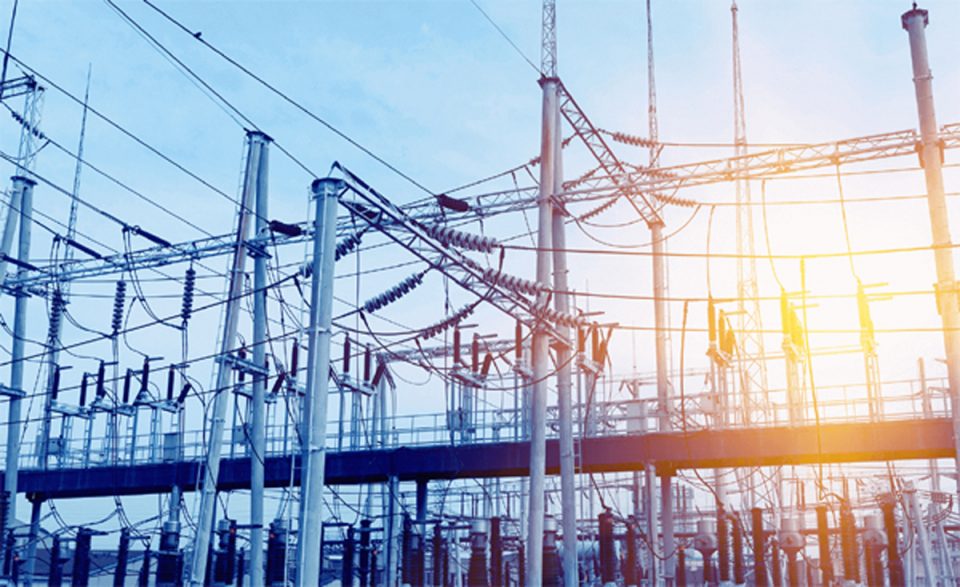Between January and June 2020, Nigeria’s power sector lost N356.491bn as a result of three major constraints,
About 4,000 megawatts-hour/hour of electricity was constrained daily in the power sector in the past six months, resulting in a cumulative revenue loss of N356.49bn.
Findings showed that insufficient gas supply, distribution infrastructure and transmission facilities caused the huge revenue loss and constrained electricity generation daily.
Documents obtained from the Federal Ministry of Power and the Advisory Power Team in Abuja revealed an average daily loss of about N2bn in the sector since the beginning of this year.
The Federal Government and industry operators had repeatedly raised concerns about the revenue losses incurred by the sector.
But the situation had lingered despite several billions of naira in interventions by the government and investors in the power business over the years.
An analysis of the month-by-month performance of the sector showed that cases of revenue losses and constrained power persisted all through the six-month period.
Between January 1 and January 31, 2020, the average energy that was available daily was 3,821MWh/h, total quantum of constrained power was 3,791MWh/h, and lost revenue for the month was N56.41bn.
The highest quantum of electricity recorded on the grid in January was 4,931MW.
The sector’s revenue losses persisted in February, as it lost N54.96bn in the 29 days of that month.
The average daily energy on the grid moved up slightly to 4,114MWh/h in February, while constrained power was 3,949MWh/h during the period.
The highest power generation of 5,268MW was recorded in February this year.
In March, N65.56bn was lost, while about 4,406MWh/h was constrained daily, as the average energy of 3,912MWh/h was available for use during the month.
The peak power generation in the country for March was 4,804MW.
The average energy that was available in April was 4,099MWh/h, as about 4,489MWh/h was stalled daily in that month.
In the same month, the sector lost N64.64bn and recorded its highest power generation figure of 5,316MW.
The revenue loss in May dipped to N61.6bn when compared to what was recorded in the previous month.
The average available energy for May moved up marginally to 4,147MWh/h, while 4,140MWh/h was constrained from being generated on the grid daily during the review month.
The peak power generation in May 2020 was 5,296MW.
The picture for June is not yet complete but so far, a total of N53.33bn was lost by the sector.
The average energy on the grid daily for June was put at 3,735MWh/h, while a total of 3,703MWh/h had been constrained.
The highest quantum of power so far generated on the grid this month was put at 5,173MW, based on industry figures.
The APT noted that three constraints had been the major setback to revenue flows and efficient power generation in the sector.
It stated, for instance, that on June 26, 2020, the average energy sent out was 3,719 MWh/h, down by 123.3MW from the previous day’s figure.
“The power sector lost an estimated N2,243,000,000 on June 26, 2020 due to constraints from insufficient gas supply, distribution infrastructure and transmission infrastructure,” the APT said.
However, operators in the privatised arms of the sector have been calling on the government to support the business since it has stakes in many power firms.
Power distributors, for instance, urged the government to intervene in gas pricing for electricity generation.
They noted that the cost of gas remained one of the key determinants of electricity tariff in Nigeria, saying it was high time the government found a way to help bring down the gas price.
The Executive Director, Research and Advocacy, Association of Nigerian Electricity Distributors, Sunday Oduntan, said a reduction in gas price would better the lot of the sector.
He said, “Most of Nigeria’s power generating plants are thermal plants. They use gas as their fuel and as long as the price of gas is high, the cost of generation and the eventual tariff to the end user will also be high.”
Nigeria’s energy generation mix is currently around 80 per cent thermal and 20 per cent hydro.
Gas price is also affected by the fluctuations in foreign exchange.
Oduntan explained that while the cost of gas and power generation would rise due to forex fluctuations, as the tariff was fixed in naira.
This fixed tariff, he said, might not account for this difference, especially because of the absence of a commitment to adhering to periodic tariff reviews.
He said, “Today, the price of gas for local power production is a little over $3 for one million British Thermal Units. Meanwhile, in this same country, the cost at which the NLNG exports gas is less than half the same amount.
“If you also consider that some of these international oil companies are still flaring this much-needed gas into the atmosphere, you will realise that there are many options available to the government to intervene in the quest to make electricity more affordable.”
According to the Discos’ spokesperson, the cost of gas currently accounts for almost 70 per cent of all the input the plants utilise to generate power.
He said except stakeholders begin to consider solutions from that angle, the country might not make much progress in providing the cheap electricity Nigerians need.




